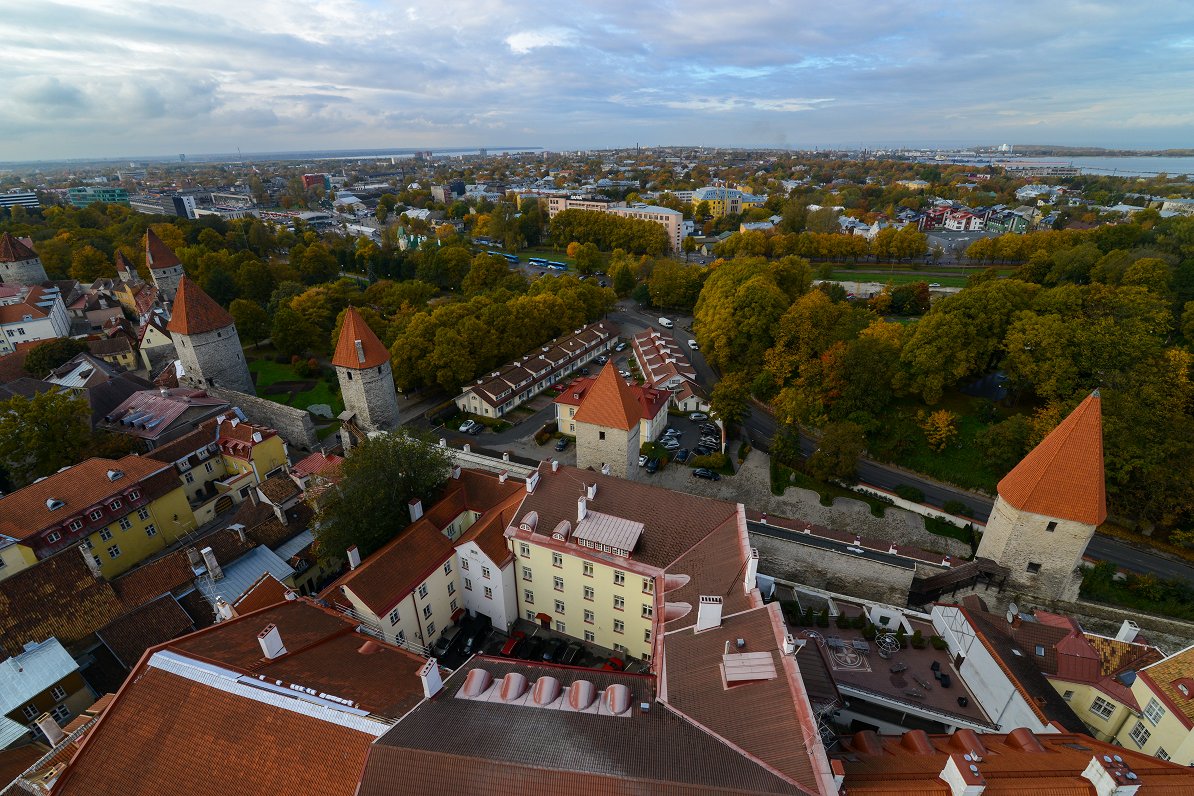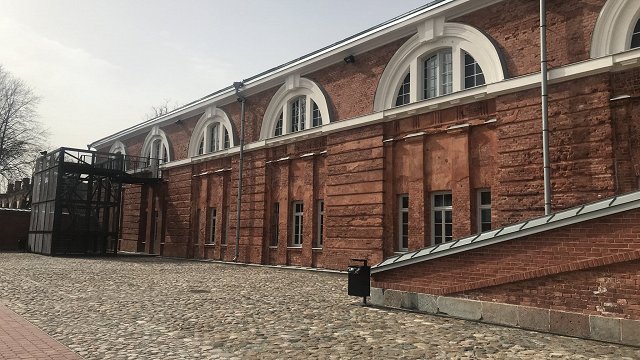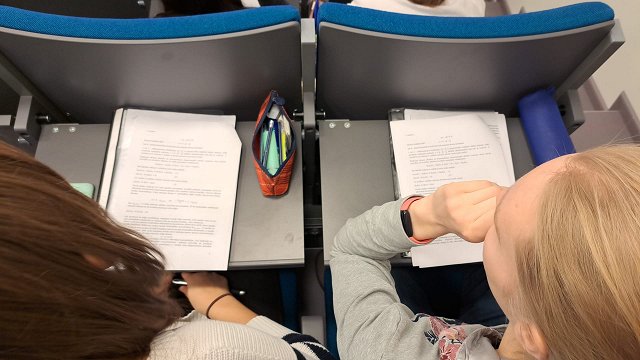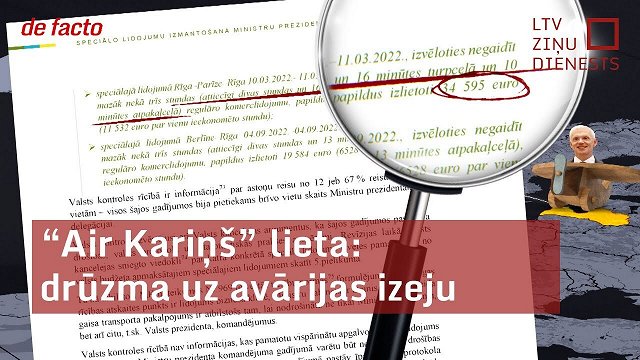German hopes
The German offensive on February 18, 1918 caused great chaos and confusion among Soviet authorities and troops. Estonia's nationally-minded groups used it as an opportunity to set up an independent Estonia. Estonian troops in the Russian army refused to defend the Bolshevik regime. After the Bolsheviks tried to disarm the Estonian military formations, they joined the Germans. Estonians hoped that a joint battle against the Bolsheviks could help them set up an independent country.
Here comes the big chance
The retreat of the Russian army and the lingering of the German army created a power vacuum in many places, and Estonians tried using it. The Estonian Salvation Committee sought for the chance to read the Estonian Declaration of Independence (also known as the Manifesto to the Peoples of Estonia) publicly. It fell through both in Haapsalu and Tartu. It was first read in Pärnu on February 23. At the eve of that same day, the Salvation Committee started openly acting in Tallinn, and Bolsheviks fled the city with great haste.
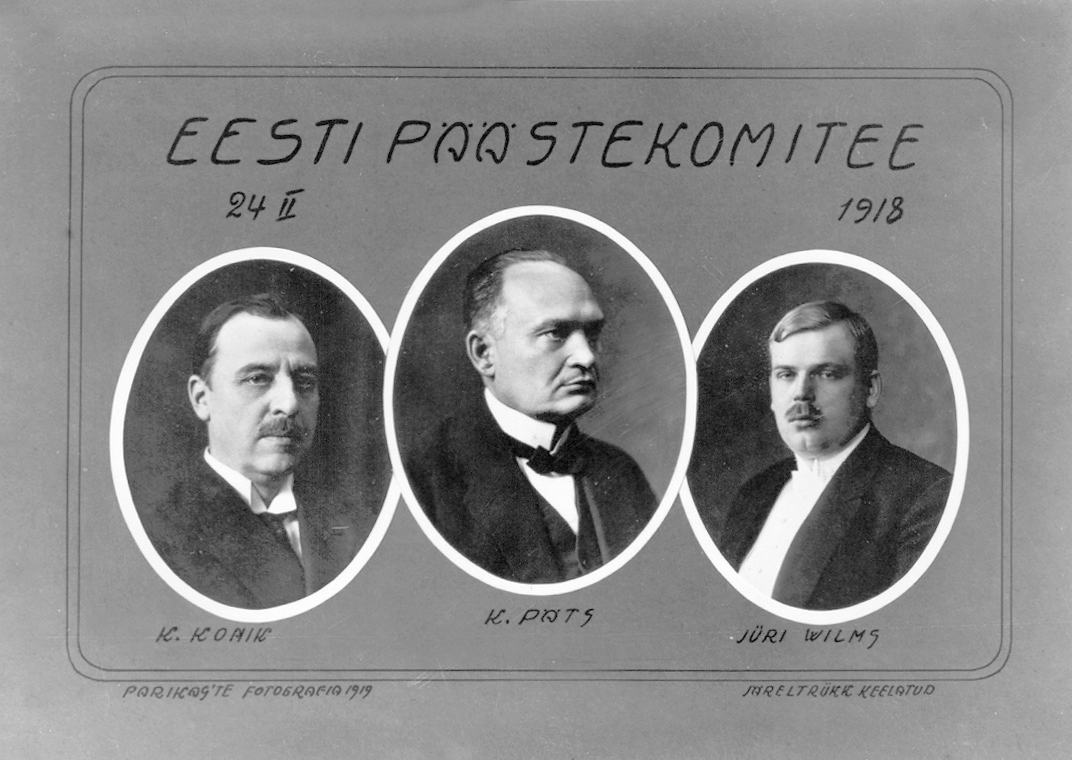
A day of independence
The next day, February 24, the Salvation Committee, on behalf of the Estonian Provincial Assembly, proclaimed the Republic of Estonia and set up the first government. Konstantin Päts, a member of the Salvation Committee, became its chairman. On February 25, the German army entered Tallinn. Germany did not admit the existence of an Estonian state. They gradually disarmed the Estonian forces and carried out repressions against nationalist leaders, including Päts.
A Latvian man was the first hero of Estonian independence
As the Salvation Committee took the reins of power in Tallinn, Estonian self-defense squads started patrolling the city. One of these, which was formed from pupils of the Tallinna Reaalkool and other schools, was lead by one Jānis Muižnieks. He was born in Rauna, Latvia, in a family of servants. In World War I, he advanced to the rank of captain.
Muižnieks' squad participated in the first skirmishes on the streets of Tallinn against the Bolsheviks, which tried to secure the center of the city from the docks. In the afternoon of February 24, several self-defense team members were wounded in a gun battle by the city's power station. A bullet ricocheted and landed in Muižnieks' chest, wounding him severely.
The 35-year-old officer died the next morning, becoming the first person to fall for Estonia's independence.
A year later, thousands of Estonian soldiers would fight for Latvia's independence. About 600 of them fall in battle against the Red Army, the Landeswehr, and the Iron Brigade. 145 Estonian soldiers receive Latvia's highest military honor, the Order of Lāčplēsis.
